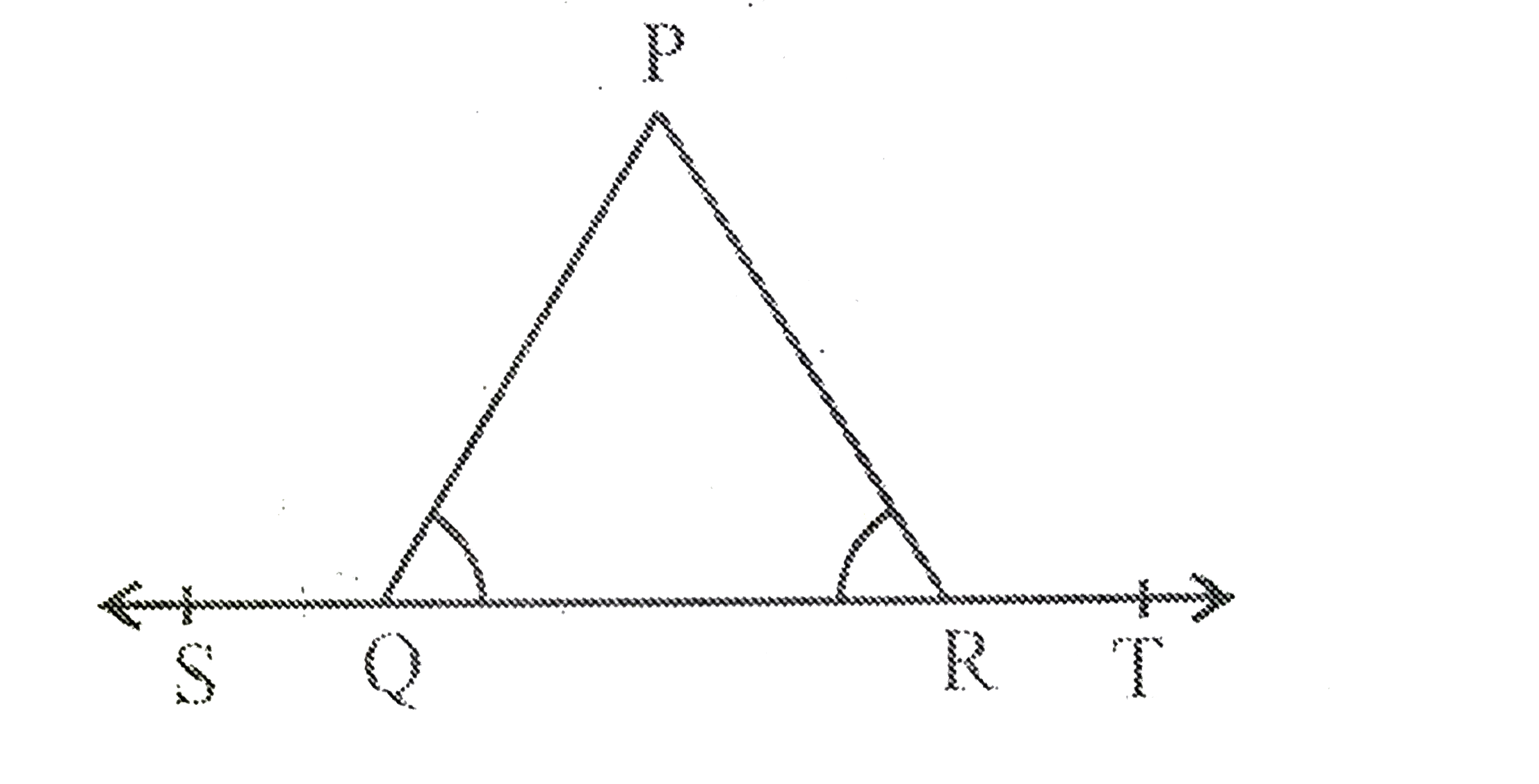If lines px+qy+r=0,qx+ry+p=0 and rx+py+q=0 are concurrent, then prove that p+q+r=0(where p,q,r are distinct).
To prove that the lines px+qy+r=0, qx+ry+p=0, and rx+py+q=0 are concurrent, we need to show that p+q+r=0 under the condition that p,q,r are distinct.
1. Write the equations of the lines:
The equations of the lines are:
L1:px+qy+r=0
L2:qx+ry+p=0
L3:rx+py+q=0
2. Set up the determinant for concurrency:
For the lines to be concurrent, the determinant of the coefficients must be zero. The determinant is given by:
D=∣∣
∣∣pqrqrprpq∣∣
∣∣
3. Calculate the determinant:
We can expand this determinant using the first row:
D=p∣∣∣rppq∣∣∣−q∣∣∣qprq∣∣∣+r∣∣∣qrrp∣∣∣
Calculating each of the 2x2 determinants:
- ∣∣∣rppq∣∣∣=rq−p2
- ∣∣∣qprq∣∣∣=q2−rp
- ∣∣∣qrrp∣∣∣=qp−r2
Substituting these back into the determinant:
D=p(rq−p2)−q(q2−rp)+r(qp−r2)
4. Simplify the determinant:
Expanding this gives:
D=prq−p3−q3+qrp+rqp−r3
Combining like terms:
D=3qrp−(p3+q3+r3)
5. Set the determinant to zero:
For concurrency, we set D=0:
3qrp=p3+q3+r3
6. Use the identity for cubes:
We can use the identity:
p3+q3+r3−3pqr=(p+q+r)(p2+q2+r2−pq−qr−rp)
Therefore, we can write:
p3+q3+r3=3pqr⟹3pqr=3qr(p+q+r)
7. Conclude that p+q+r=0:
Since p,q,r are distinct, we can divide both sides by 3pqr (which is non-zero), leading to:
p+q+r=0
Final Result:
Thus, we have proved that if the lines are concurrent, then p+q+r=0.
The equations of the lines are:
L1:px+qy+r=0
L2:qx+ry+p=0
L3:rx+py+q=0
For the lines to be concurrent, the determinant of the coefficients must be zero. The determinant is given by:
D=∣∣
∣∣pqrqrprpq∣∣
∣∣
We can expand this determinant using the first row:
D=p∣∣∣rppq∣∣∣−q∣∣∣qprq∣∣∣+r∣∣∣qrrp∣∣∣
- ∣∣∣rppq∣∣∣=rq−p2
- ∣∣∣qprq∣∣∣=q2−rp
- ∣∣∣qrrp∣∣∣=qp−r2
D=p(rq−p2)−q(q2−rp)+r(qp−r2)
Expanding this gives:
D=prq−p3−q3+qrp+rqp−r3
Combining like terms:
D=3qrp−(p3+q3+r3)
For concurrency, we set D=0:
3qrp=p3+q3+r3
We can use the identity:
p3+q3+r3−3pqr=(p+q+r)(p2+q2+r2−pq−qr−rp)
Therefore, we can write:
p3+q3+r3=3pqr⟹3pqr=3qr(p+q+r)
Since p,q,r are distinct, we can divide both sides by 3pqr (which is non-zero), leading to:
p+q+r=0
Thus, we have proved that if the lines are concurrent, then p+q+r=0.
Topper's Solved these Questions
Similar Questions
if p:q::r, prove that p:r=p2:q2.
View SolutionIf p, q, r are in G.P. and the equations, px2+2qx+r=0and dx2+2ex+f=0have a common root, then show that dp,eq,frare in A.P.
View SolutionProve that pxq−r+qxr−p+rxp−q>p+q+r,wherep,q,r are distinct and x≠1.
View SolutionIf p(q−r)x2+q(r−p)x+r(p−q)=0 has equal roots, then prove that 2q=1p+1r.
View SolutionIf p(q−r)x2+q(r−p)x+r(p−q)=0 has equal roots, then prove that 2q=1p+1r.
View SolutionLimes p,q and r are concurrent . Lines q,r and s are also concurrent . Will all the four lines p,q,r and s be concurrent ?
View SolutionThe points (p,q +r) , (q, r+p) and (r, q+p) are _______.
View SolutionIn Fig. 6.15, ∠PQR=∠PRQ, then prove that ∠PQS=∠PRT.
 View Solution
View SolutionIf p(q−r)x2+q(r−p)x+r(p−q)=0 has equal roots, then show that p, q, r are in H.P.
View SolutionIn Figure, ∠PQR= ∠PRQ, then prove that ∠PQS= ∠PRT.
View Solution
